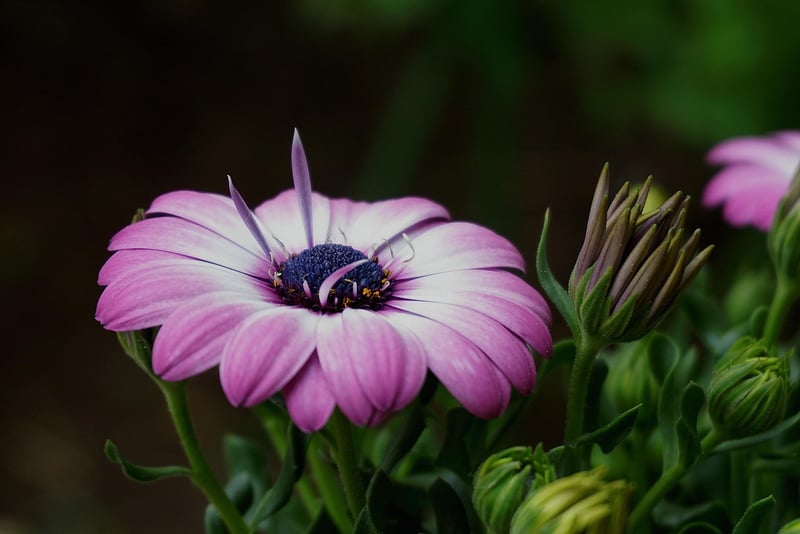Watering Guide
Essential Plant Care and Watering Guide
Introduction
Welcome to our comprehensive plant care and watering guide! Whether you are a seasoned plant enthusiast or just starting with your green thumb journey, understanding how to care for your plants properly is essential for their health and growth. In this guide, we will cover the basics of plant care and provide you with valuable tips on watering your plants effectively.
Plant Care Tips
- Light: Ensure your plants receive the right amount of light according to their specific needs. Some plants thrive in direct sunlight, while others prefer indirect light.
- Water: Water your plants consistently but avoid overwatering. Check the soil moisture levels regularly and adjust your watering schedule accordingly.
- Temperature: Maintain a suitable temperature for your plants. Avoid placing them near drafty windows or heat sources that can stress the plants.
- Humidity: Some plants require higher humidity levels to thrive. Consider using a humidifier or pebble tray to increase humidity around your plants.
- Fertilization: Feed your plants with a balanced fertilizer during the growing season to promote healthy growth. Follow the instructions on the fertilizer package for best results.
- Pruning: Regularly remove dead or yellowing leaves to encourage new growth and maintain the overall health of your plants.
Watering Guide
Proper watering is crucial for the well-being of your plants. Overwatering can lead to root rot, while underwatering can cause dehydration and wilting. Here are some general tips for watering your plants:
- Check the soil moisture by inserting your finger into the soil. If it feels dry to the touch, it's time to water your plant.
- Water your plants in the morning to allow for absorption during the day and to prevent issues like fungal growth at night.
- Use room temperature water to avoid shocking the roots of your plants.
- Ensure proper drainage in your plant pots to prevent waterlogging.
- Adjust your watering frequency based on the plant type, size of the pot, and environmental conditions.
Conclusion
By following these plant care tips and watering guidelines, you can create a thriving environment for your indoor and outdoor plants. Remember that each plant is unique, so observe how your plants respond to your care routine and make adjustments as needed. Happy gardening!


